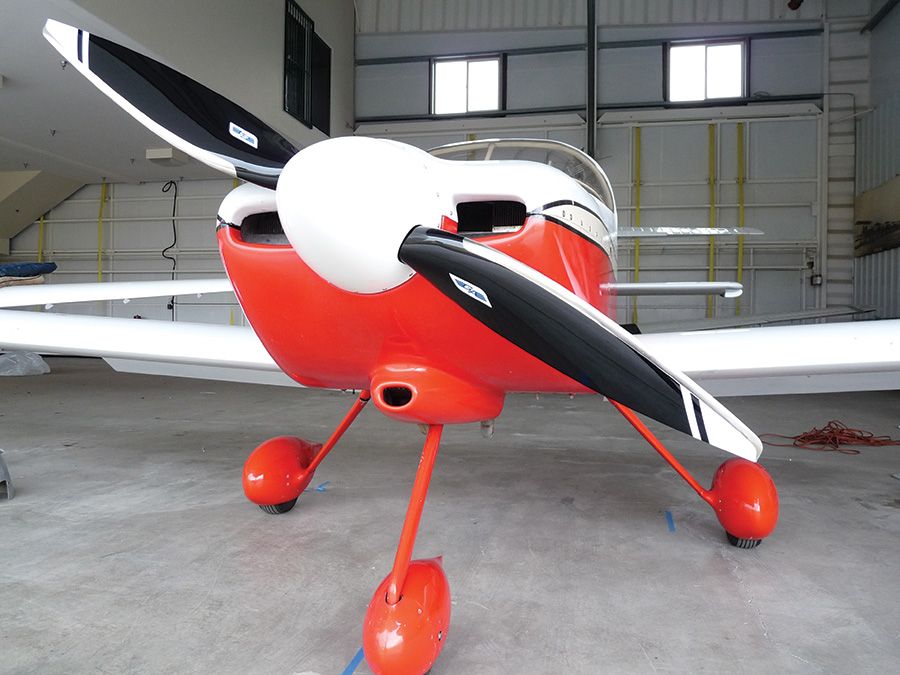I had a nice “win†today when looking to make a cowling exit lip. After trimming the Vans air intake, I was about to throw the trimmed fibreglass away. The shape of it seemed pretty close to what I wanted for the cowl lip. 5 minutes with the angle grinder later and I have what I think should be an effective cowl exit lip.
This got me thinking. Would there be any merit in mounting the lip on a hinge so it can retract inside the cowl ? Similar to a cowl flap, but less complex. It may create a small amount of turbulence inside the cowl, but probably less than on the outside.
C0EE91A1-854C-4D21-B5B1-0DA3CA1E75BC.jpeg
This got me thinking. Would there be any merit in mounting the lip on a hinge so it can retract inside the cowl ? Similar to a cowl flap, but less complex. It may create a small amount of turbulence inside the cowl, but probably less than on the outside.
C0EE91A1-854C-4D21-B5B1-0DA3CA1E75BC.jpeg



Comment